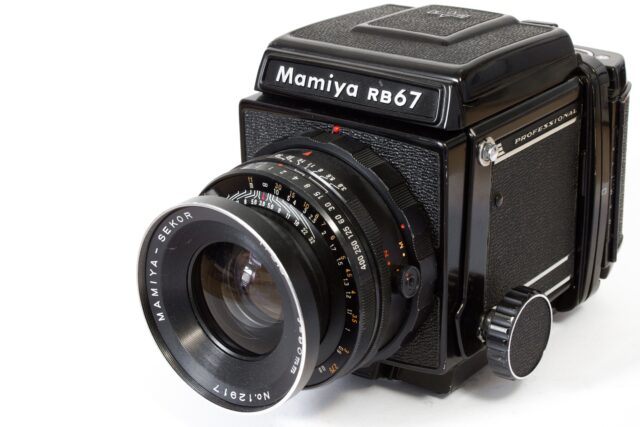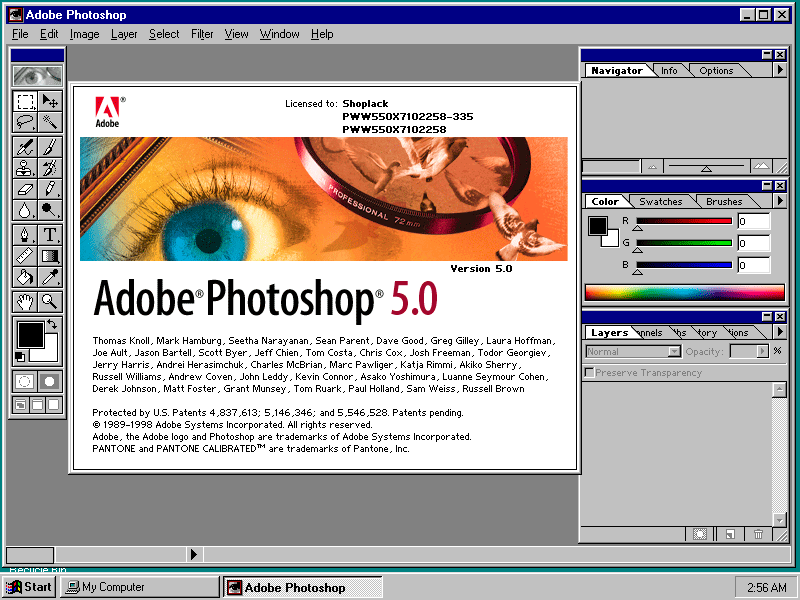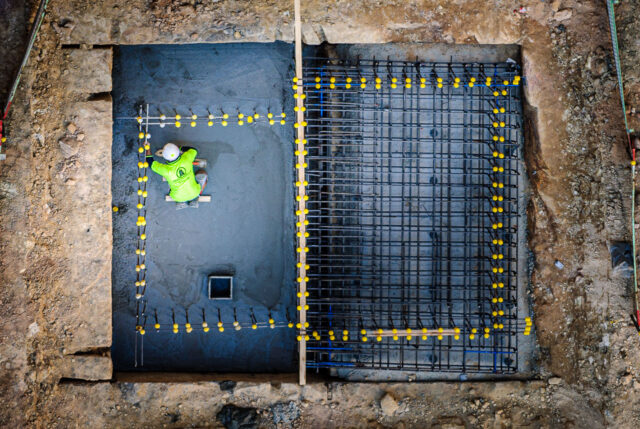Navigating the Learning Curve in Photography
In the dynamic world of photography, the adage “fake it till you make it” takes on a unique significance. Many photographers have found themselves in situations where they accepted jobs that stretched their expertise to its limits, all in the pursuit of growth and new experiences. This approach, while controversial, has been a catalyst for learning, pushing photographers to expand their skill sets and take on challenges they might not have otherwise considered.

Decades ago, as an assistant photographer, I sometimes found myself facing equipment I had little to no experience with. Film cameras with intricate loading mechanisms, complex lighting setups, and even unfamiliar brands – these were all part of the learning curve. Rather than turning down opportunities, I took them as a chance to learn, renting equipment and mastering new systems.

The transition to digital photography either made or broke traditional film photographers. I thrived in the new medium as did my business. I was already scanning film and retouching in Photoshop when digital quickly took over film.
As a Windows PC user I was once contracted to teach students Photoshop on Apple Macs. Sure I can do that, I rented a MacBook for a week, quickly came up to speed with it, and everyone thought I’d been on Apple computers all my life. Thankfully most cross-platform Adobe programs work pretty much the same, just the menus differ.
While pushing boundaries is essential for growth, it’s crucial to maintain ethical and professional integrity. Accepting jobs beyond one’s expertise can lead to a disservice to clients and potentially legal ramifications. In such cases, it’s important to redirect the client to a colleague with the necessary skills and experience.

In the realm of photography, legalities cannot be overlooked. Permission to photograph, adherence to work safety standards, and securing location permits are just a few examples. Drone photography comes with its own set of regulations, which I’ve taken seriously by becoming a licensed drone pilot. However, for certain locations, I still outsource to specialised operators to ensure compliance with intricate requirements.
In today’s age of readily available online resources, it’s tempting to rely solely on tutorials and videos. However, nothing can replace hands-on experience. Whether gained through formal education, assisting seasoned professionals, or ongoing professional development, practical application remains the most effective way to master the art and science of photography.
The “fake it till you make it” approach in photography is a double-edged sword, requiring a delicate balance between ambition and integrity. While it’s essential to push boundaries and embrace new challenges, it’s equally important for me to recognise my limitations and uphold professional standards. Through a combination of adaptability, practical experience, and a commitment to legal compliance, photographers can navigate the complexities of their craft with confidence and integrity. Remember, in the world of photography, learning is a lifelong journey – one best undertaken with passion, dedication, and a willingness to embrace the unknown.
